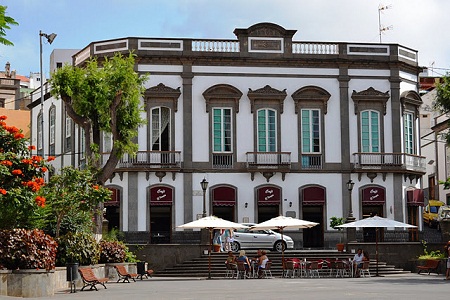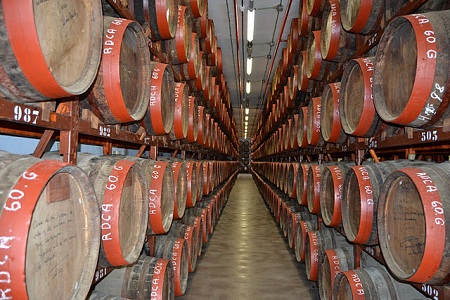
 |
|
 Forums |
 Gallery |
Events |
 Airport Transfers |
 Other Travel Services |
 Contact Us |
|
TRAVEL GUIDE |
Maspalomas WeatherArucasCompletely destroyed in 1478, Arucas was rebuilt in 1480 and over the centuries, became the town that exists today. From the 15th century through to modern times, the main crop of the area was sugar cane. The locals were using it to produce rum here long before sugar plantations were cultivated in Cuba. One of the main features of modern-day Arucas is now it's rum factory. Certainly the most renowned feature of the town is it's Church. Built during the last 20 years on the site of the town's original chapel, San Juan Bautista's distinctive architecture make it instantly recognizable. The church is today an extremely popular stop of point for the tourist, not only for its architecture but for the treasures, especially paintings & sculptures, housed inside.  Throughout the centuries, Arucas has seen the cultivation of sugar, cereals, vineyards, cocoa and bananas. Always able to vast produce one or more of these at a given time, the town always prospered and continued to develop. trade also rose from stone-masonry. The local, grey-blue volcanic stone became extremely popular and many of today's buildings are evidence of this time. Montaña de ArucasTHE VOLCANO - To the north-east of the town is "volcan de arucas", the volcano. Today just a mountain, it's well worth a visit for the spectacular views. you can see most of the northern coastline from its peek, along with a birds-eye view of Las Palmas and to the south, the mountains that mark the center of the island. A small park and restaurant are also part of the mountain, as are two of the most foul-mouthed parrots (alive still circa 2000!) I have ever heard. Plaza de la ConstitucionThe best way to see the remainder of the town is to catch the "mini-train" from the square by the church, this will take you to all the main points of interest around the town. As well as home to the town's market hall and market, the constitution square houses the old town hall which was never repaired after being hit by a cannonball during the civil war. It serves as a reminder to citizens to live in peace. Just of the square is the town's main museum, Gourie House.Parque de los Continentes(Do I really need to translate some of this stuff, I think not).To the rear of the square is a spectacular park, home to an incredible variation of exotic plants and trees from all continents of the world. Bamboo from China or grass (not that kind) from Hawaii. Being on the edge of the town, the views downhill to the coastline are breathtaking.  The Rum FactoryPassing through the Park of the Continents then the old stone quarry, you arrive at the Rum Factory. You can visit the cellars here and enjoy tasting the local products. (They have a rum that's 20 years old, go for that!). Also look out for all the autographs from famous people that have passed through.Garden of the MarchionessOn the very edge of town, the garden is the most peaceful and scenic place you could imagine. The lake is surrounded by shrubs, trees, flowers, huge dragon trees and peacocks. If you continue down the road from this garden, after a few minutes driving you'll arrive at the oldest salt works on the island. Currently being restored. |
|